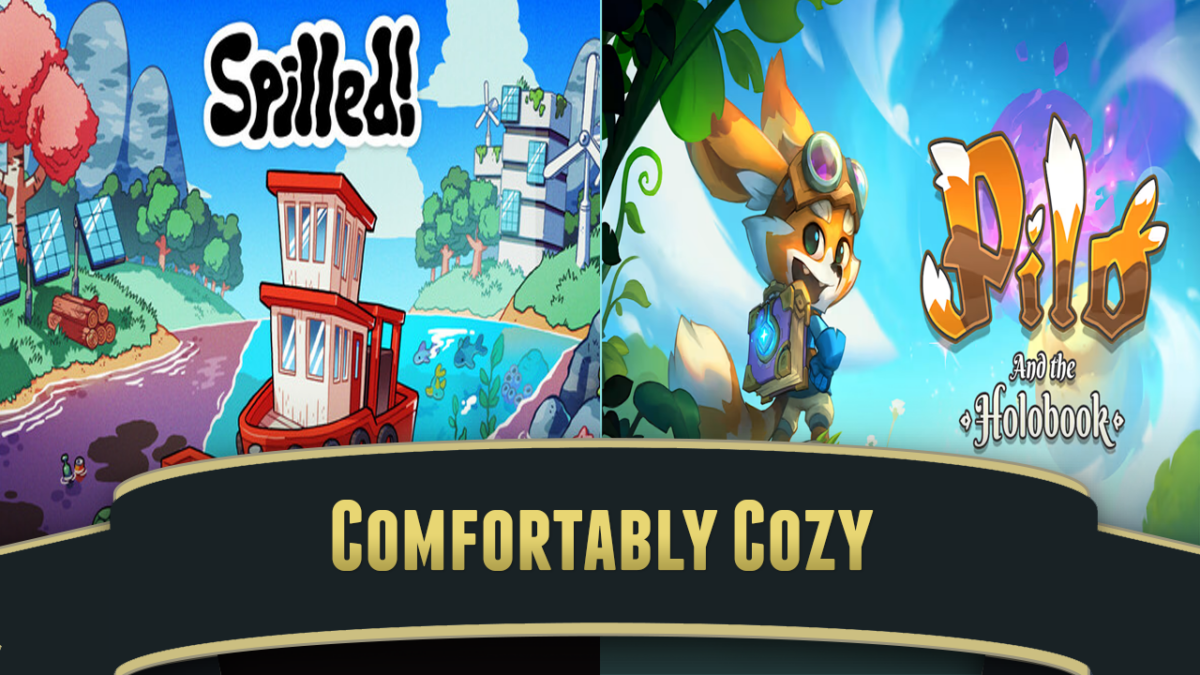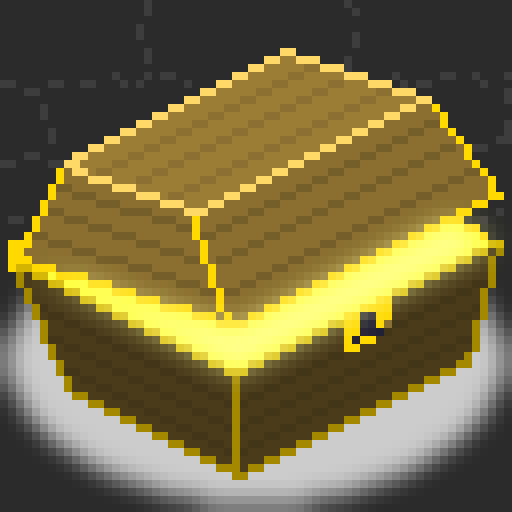I think you might find it interesting or useful or entertaining, or some combination of the three, to have a list of interesting gaming websites to look through and follow. They’re all pretty cool; I’ve tried to weed out some that don’t update often, but sometimes the content on the site overrides that.
The three big indie gaming sites at the moment are Second Wind, the newly-liberated Giant Bomb, and Aftermath, even if they do annoy me greatly whenever they call blog posts “blogs.” I feel like they do it on purpose, or something. Take note that currently Second Wind does not actually have a dedicated website of their own; their internet presence is on other sites and services, especially Youtube and Discord.
Two sites I suggest avoiding are Kotaku, which is run by soulless drones, and, whenever possible, the vast array of Fandom.com sites. This is often not possible, as lots of people use them for free site hosting, but it’s frequently the case that Fandom doesn’t have its users’ interests foremost on its mind, and if a wiki creator decides to leave Fandom for green pastures, you’ll often end up competing with your old site, and it’ll come in ahead of your new site in Google searches for a long time after, maybe forever, because of their strong search engine optimization. Notably the Nethack Wiki had to fight against the ghost of their old selves for a long time, and the Fandom version of the site still, after over a decade, comes up in the first page of Google results. (A useful browser extension for Chrome and Firefox is Indie Wiki Buddy, which marks search results that turn up Fandom sites, while not removing them entirely in case they’re the only real option.)
Some other useful sites:
The Cutting Room Floor, of course, is an amazing resource, bringing together development information on thousands of games.
Hardcore Gaming 101 may be the website with the most complete information on all kinds of video games that exists, other than Wikipedia of course, and WP prioritizes general audiences, not enthusiasts.
Thrilling Tales of Old Videogames has had quite the uptick in posts lately, but always has something new and unexpected to say.
Gaming Alexandria is preservation-focused, and hosts scans of old gaming and computer magazines, including scans of Japanese type-in computer magazines, a category that has not been well-preserved in the West despite some programmers having moved into mainstream commercial development after having gotten their start with magazine publishing.
Game Developer Research Institute collects information on a vast array of companies and hosts a number of interviews with classic gamedevs too. They also keep an informative blog (being, a series of blog posts).
Computer Archeology updates but rarely, but has useful information on several classic arcade games. They’re the site that figured out the cause of the long-standing arcade Galaga bug that sometimes cause the enemy insects to stop firing.
Sonic Retro hosts a huge wiki on many topics related to the Sonic games.
We’re now moving into the category of personal sites, but don’t count them out because it’s mostly one or two people who make them!
- Donnie Hodges’ Website doesn’t update often, but has such a wealth of info that I can’t leave it out. Note that Hodges has come out as non-binary, but their site still keeps their pre-transition name.
- Jeremy Parish’s Video Works on Youtube updates weekly and is always worthwhile to watch. Also, Doctor Sparkle’s Chrontendo, and Set Side B’s own Josh Bycer’s Game Wisdom.
- Gaming Hell is lots of fun, and has old-school web design that reminds me of the ancient |tsr’s NES Archive. Their linklist was the source of several sites, in turn, in this list/
- Kimimi the Game-Eating She Monster posts on an enviable range of topics
- BBH’s Waste of Bandwidth
- Kid Fenris (http://www.kidfenris.com/)
- Gaming.Moe, updates rarely
- Games Asylum
- Lunatic Obscurity
- GemuBaka
- Bad Game Hall of Fame, we all love bad games, right?
- Tiny Cartridge updates a lot more sporadically than it used to, but it’s still hanging in there
- Arcade Quartermaster
- ScrollBoss
- Baud Attitude
- History of Hyrule works to preserve a lot of obscure Zelda ephemera
- While it isn’t a site of its own, Retro Pals’ Twitch stream and Youtube channel are great fun.
Finally, more out of a sense of memory than anything else, there’s Press The Buttons, home of the blog and podcast of my late friend Matthew Green, currently still on the internet. I don’t know what will happen to it now that he’s gone. He wasn’t the only host of the Power Button podcast. I hope the surviving members keep it going. If they do, you should follow it, too.




